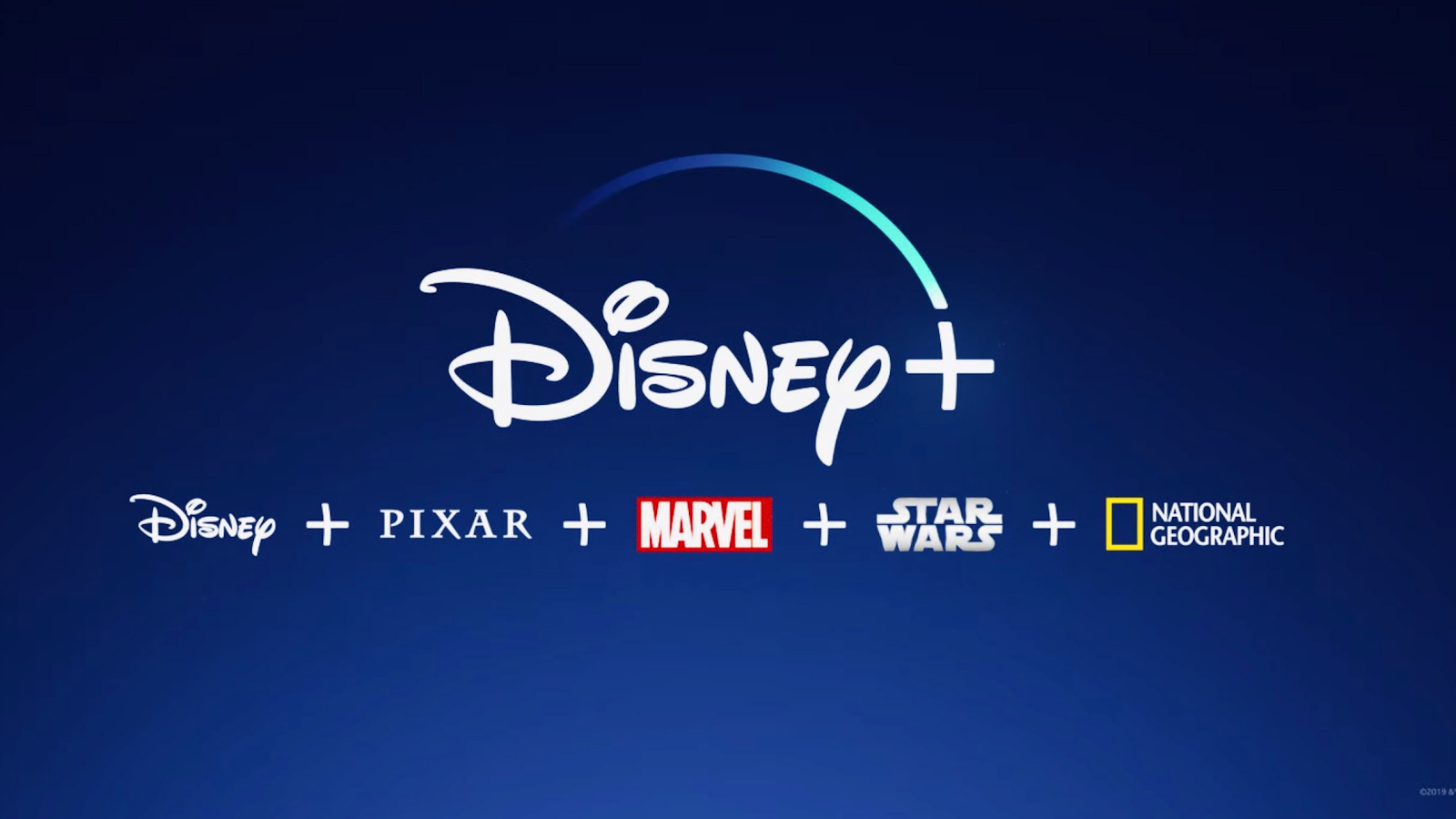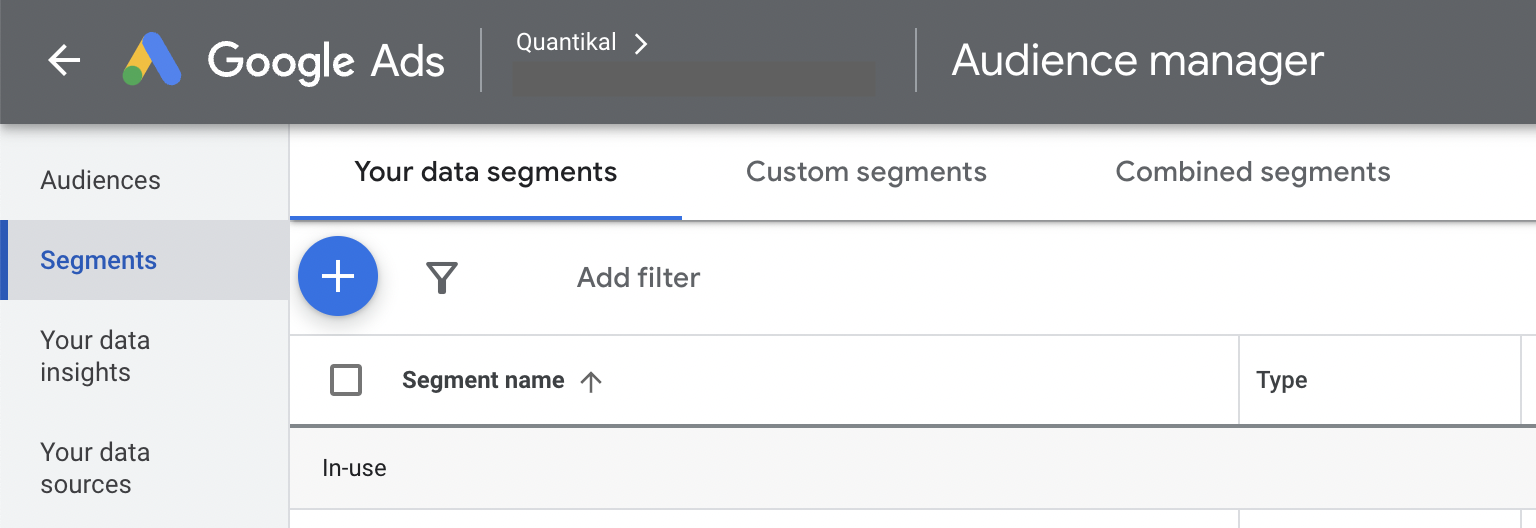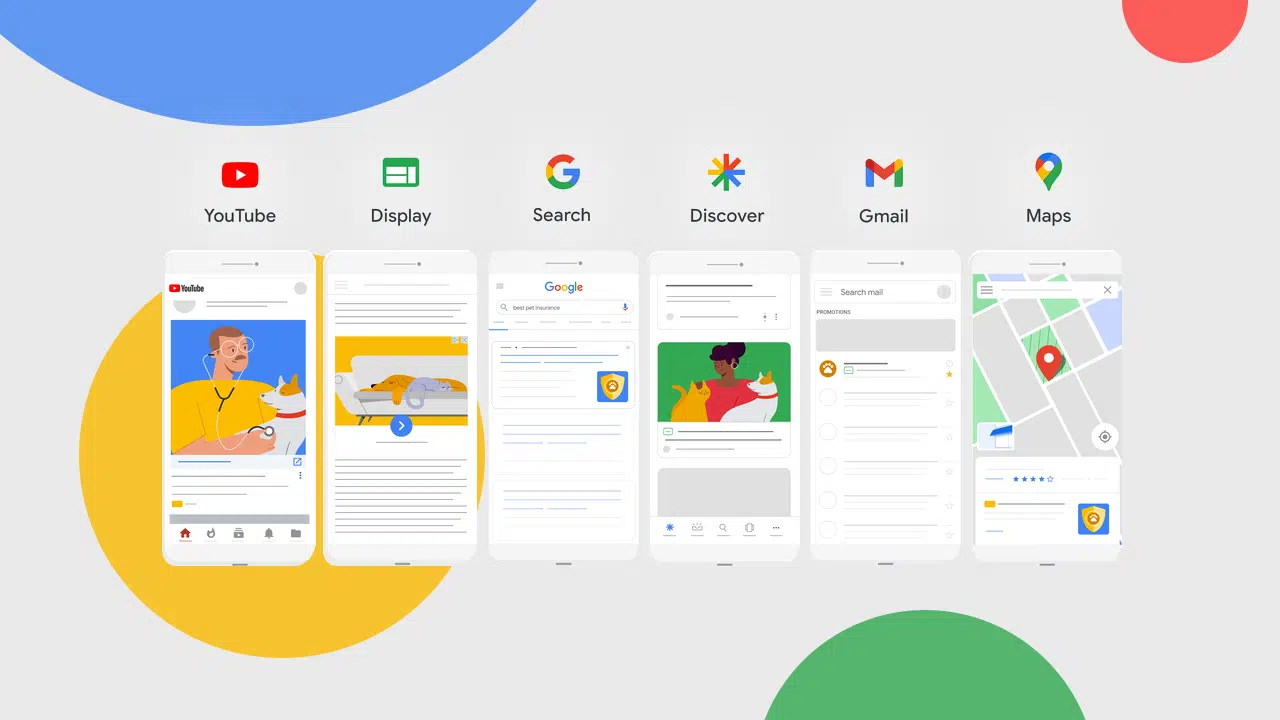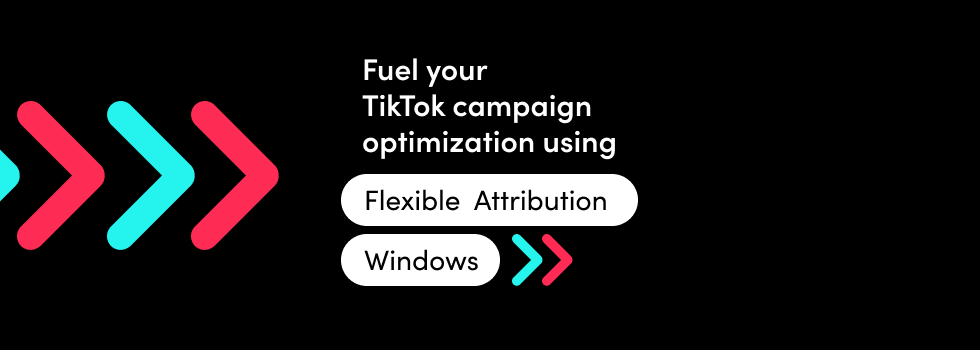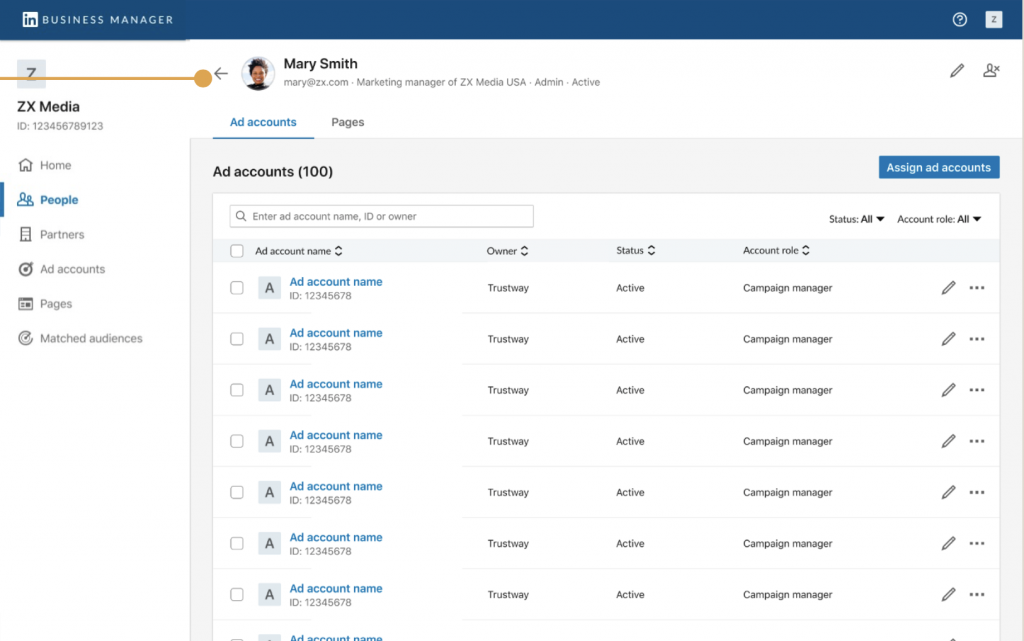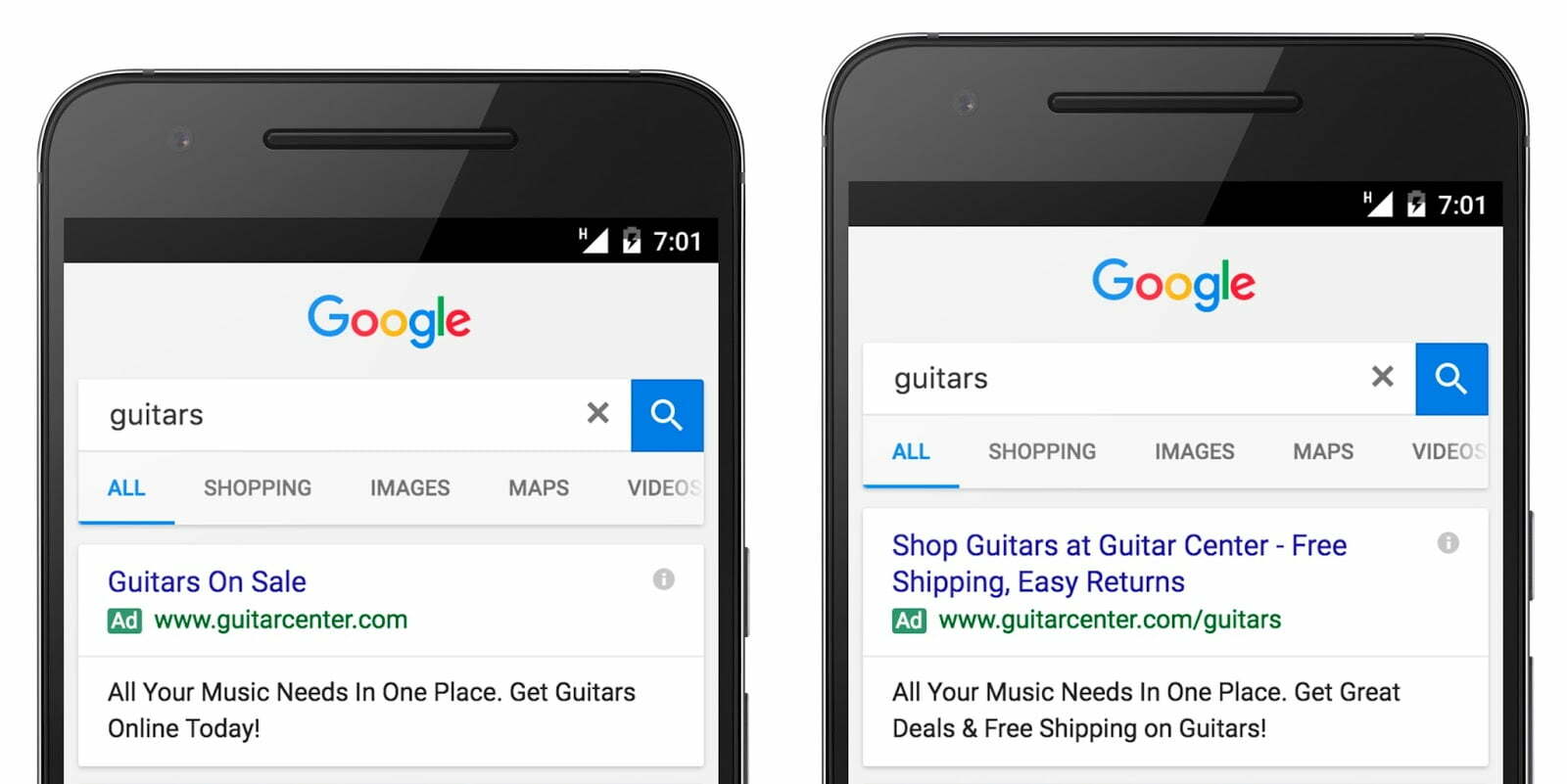If you want to know more about this new diagnostics tool, keep on reading.
Google is launching a new format on the Insights and Overview page called Diagnostic Insights. This data will identify issues in your campaigns when running diagnostic checks.
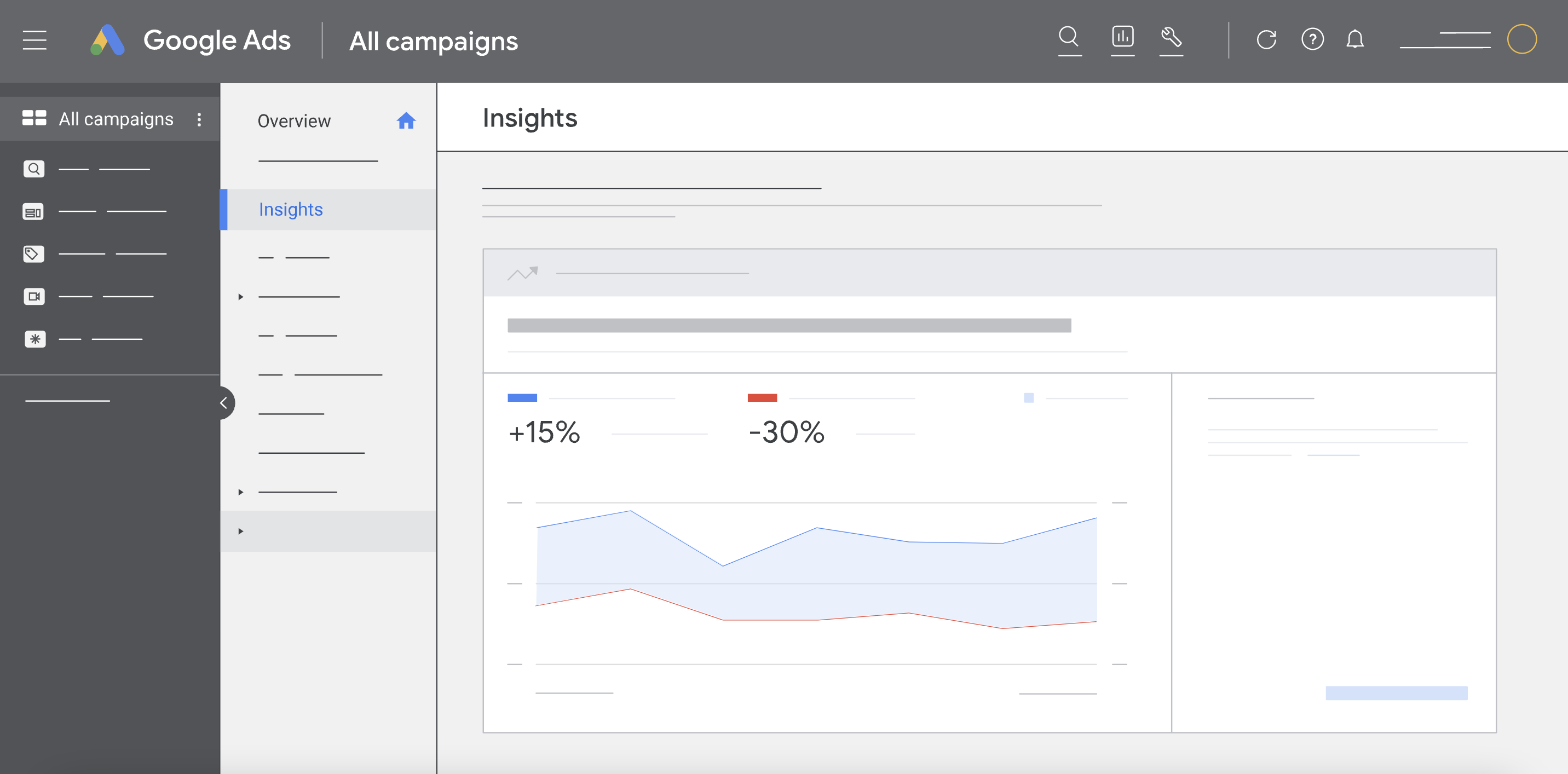
Diagnostic Insights will show issues in Performance Max campaigns, only when it is not receiving conversions or traffic. So, if users click on your ad and view it, no problems will be reported. Even though this is currently a beta version, Google is trying to roll out these insights to randomly chosen accounts, but with limited access.
What will Google show on the diagnostics report? These are the insights:
- Ad strength
- Campaign budget
- Campaign status
- Account status
- Billing status
- Bidding strategy
- Conversion tracking
Do you think this data insight is enough? What else would you add? Let us know in the comments below.
After Google runs its diagnostic check, you will be provided with a list of recommendations on how to fix the issues in your campaigns so they can perform at their best.
There is no official launch date for this Insights update, but we can expect that it will be coming out soon.
Our Take
We are always thankful for more data and more insights available for the advertiser. So, in a way, Google is giving us more information about what is going on after we place the ad, including the negative issues. We have yet to see if the list of recommendations will be useful or if Google’s advice is just to “keep on spending”. Our eyes are wide open…
As expected, we will be paying close attention to this new update and its launch date, so we can let you know if it can actually help your campaigns. Stay tuned!
About Quantikal
Quantikal is a data-driven performance marketing agency based in Buenos Aires, Argentina. We help clients scale their business through profitable digital ad spending by constantly obsessing over clients’ key metrics. Quantikal’s experience working in diverse online companies in marketing roles including media buying allows us to provide solutions in the ever-demanding increase of marketing performance, doing more with less thus becoming a strategic partner.

